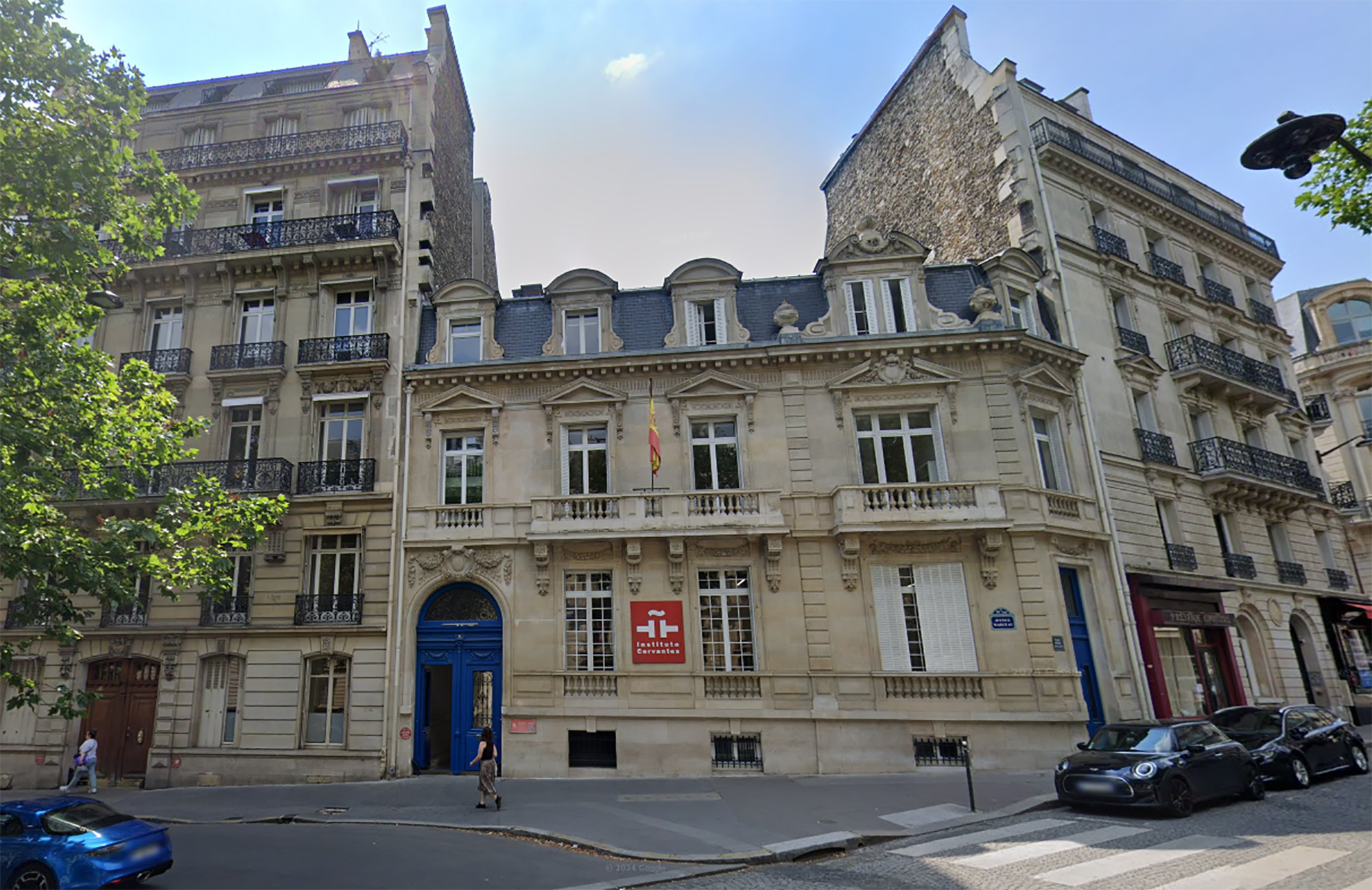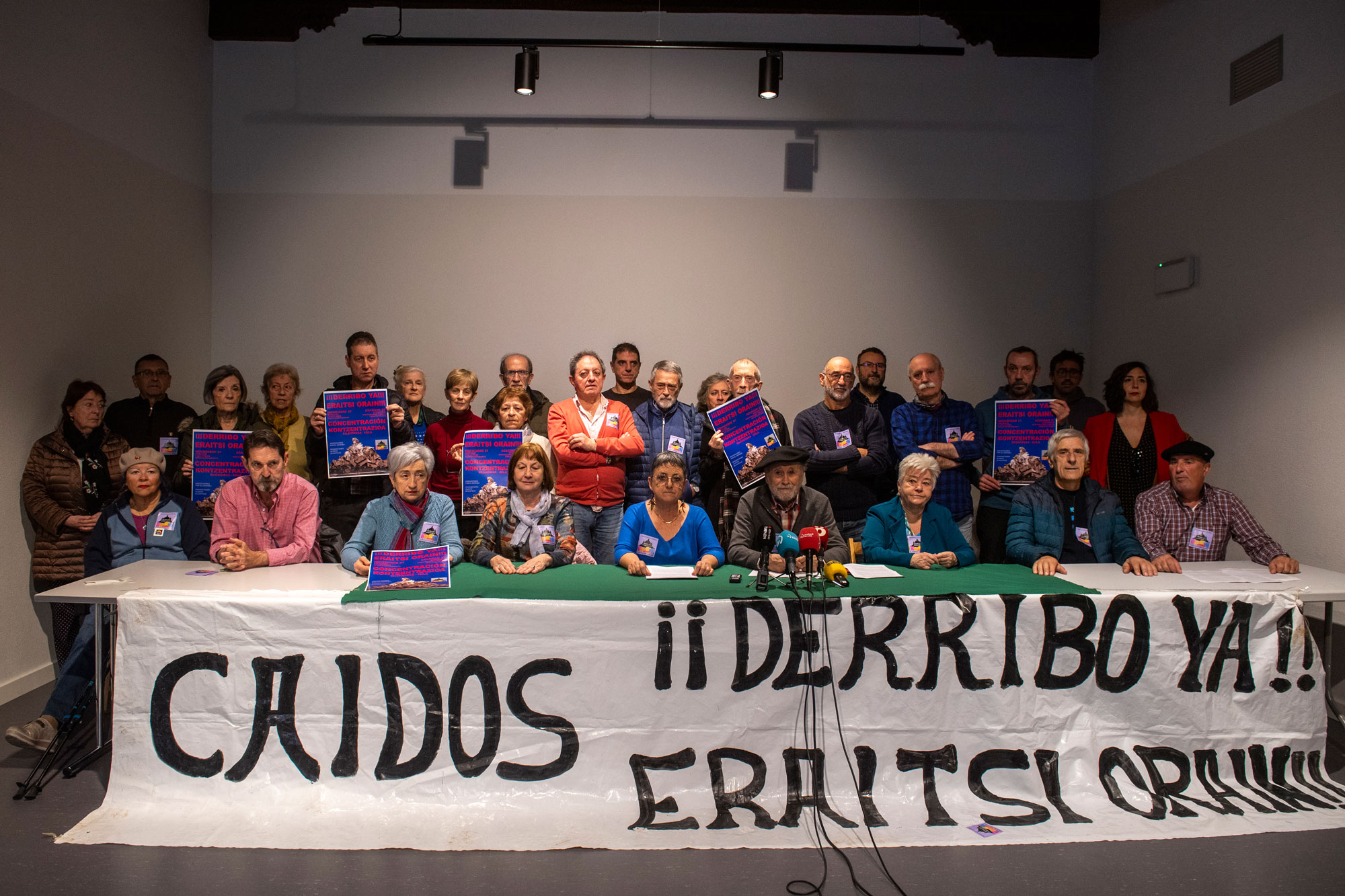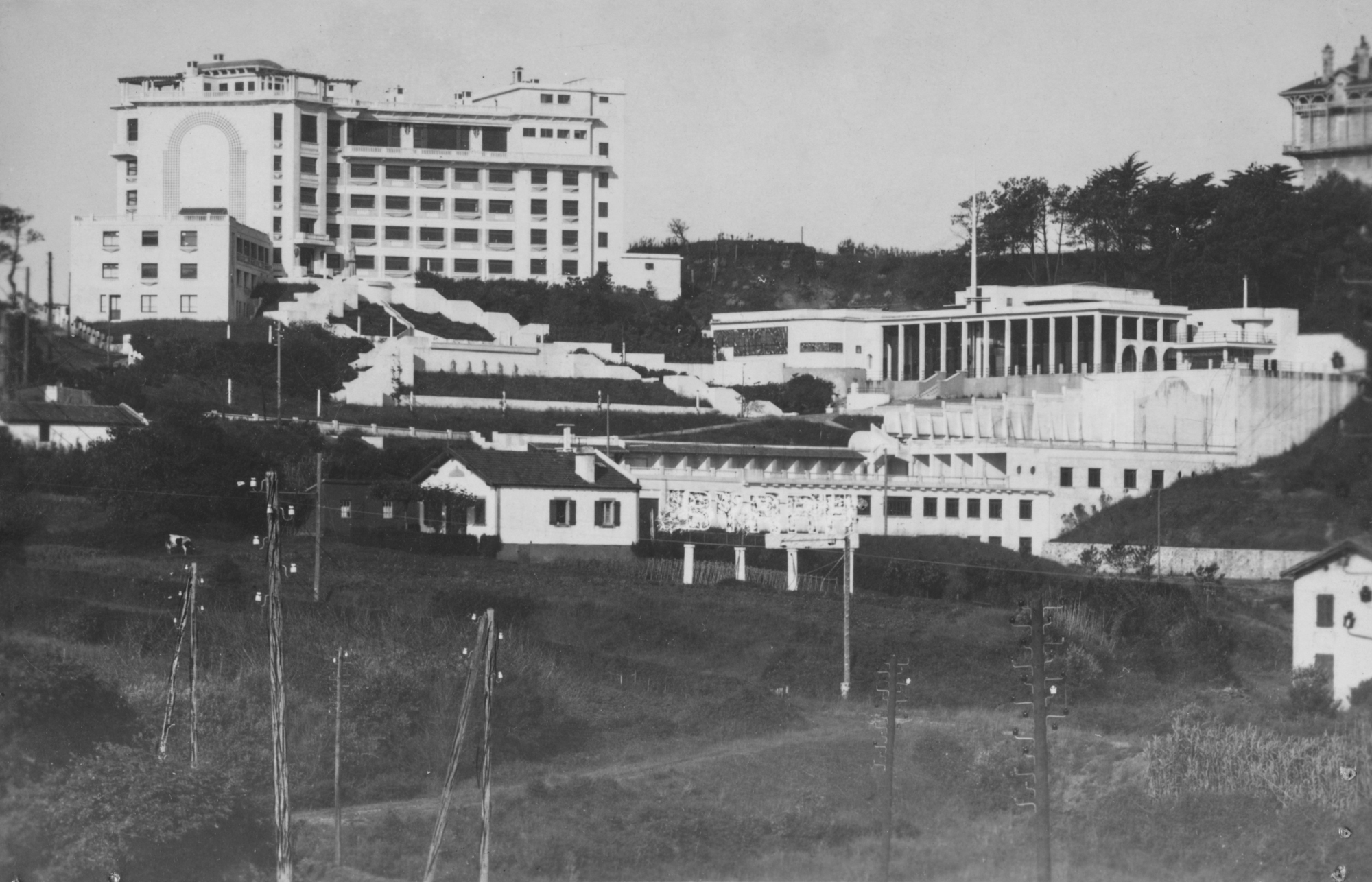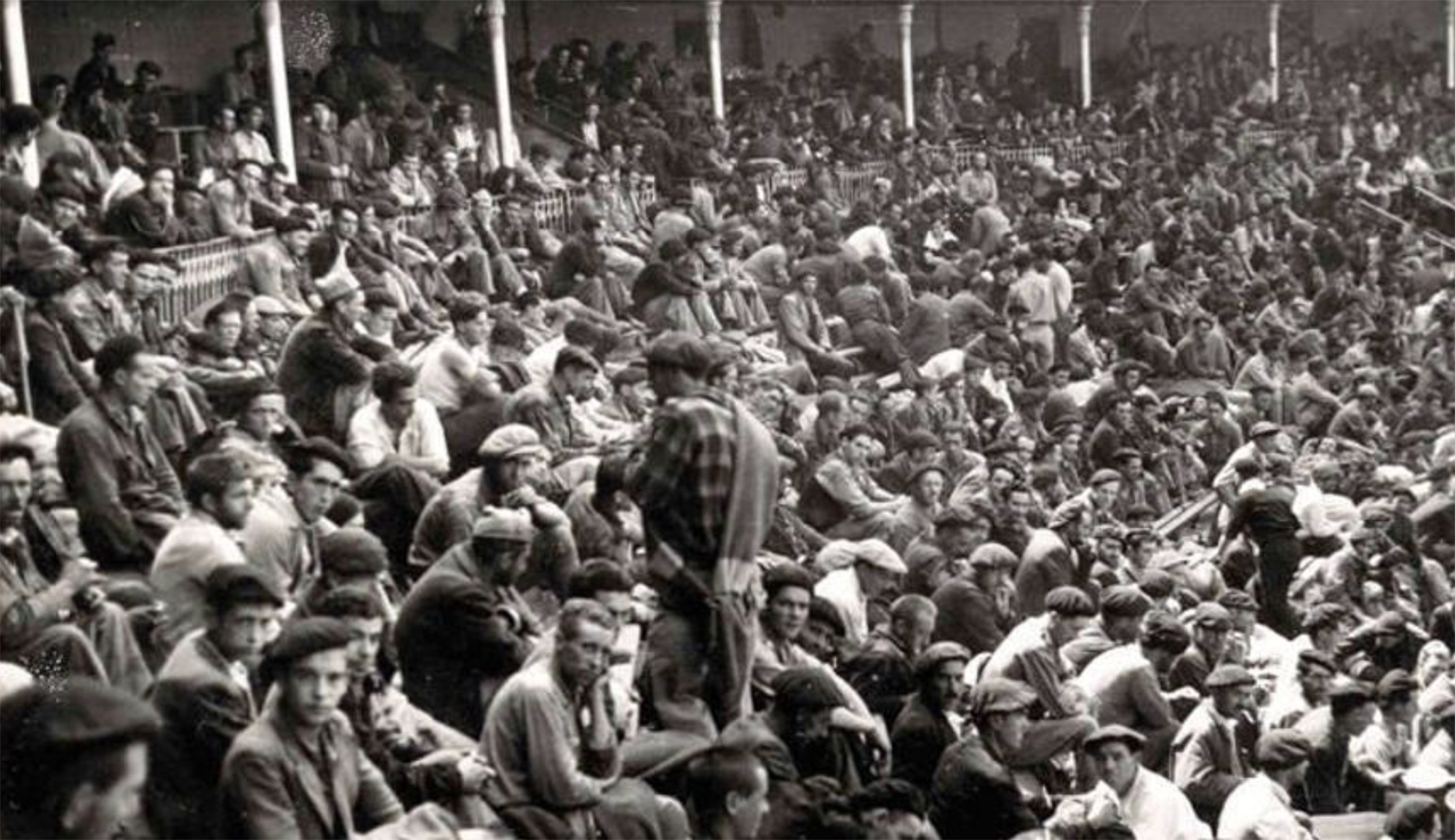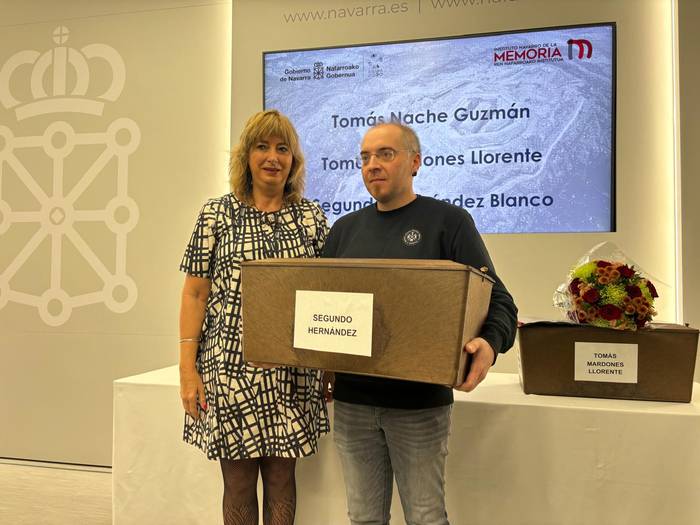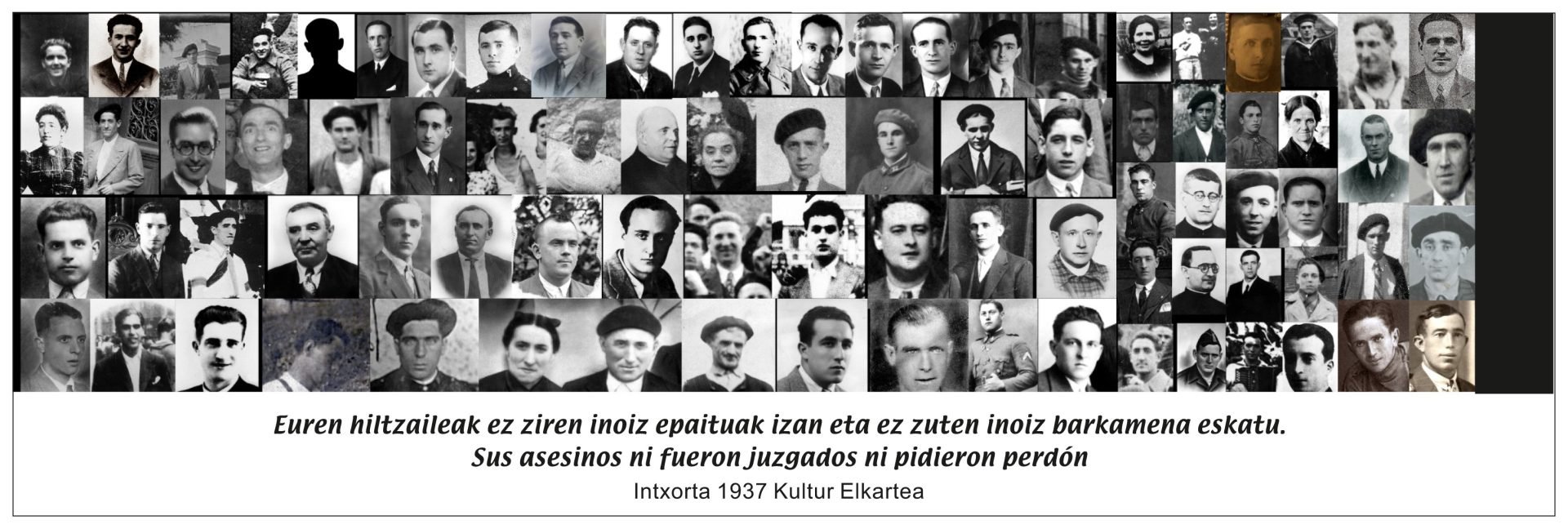Former Tudela prison: one of the main sources of repression in 1936 in the destination of urban projects
- In the 1936 war, the San Francisco de Tudela convent building was used as a jail. Hundreds of Republican prisoners were imprisoned there and many were shot. Faced with the possibility of being named Place of Historical Memory, the PSN and Navarra Suma have removed from the drawer a project carried out by Rafael Moneo twenty years ago. Meanwhile, the neighbors of Casco Viejo de Tudela request a “definitive” proposal to rehabilitate the neighborhood area.

Semi-enclosed deck, walls to the view, with the interior deflated and full of old rusty furniture. The one who approaches the old San Francisco convent will soon notice the smell of stables and the cold wind of a dark past through the fading doors. Used for many years as stallion stables of the Spanish Army, and before that, until 1967 it was a municipal prison, the convent of the 14th century, also called the Stallion barracks, which hides the spectacular cloister, has been unused for years and awaiting reform.
Last December, Ana Ollo, Minister of Social Relations of the Government of Navarra (Geroa Bai), suggested that the building could be declared a Place of Historical Memory in case of a request. In this place, hundreds of Republicans and Socialists from the Bank were locked up during the summer of 1936, many of whom were killed in mass graves. Ollo recalled that the denomination does not imply a mere allusion to a space, but a “representation of that reality that existed”.
Thus, the former Tudela prison would acquire the same memorial character as other areas of Navarra, such as the Pamplona prison, the cave of Otsoportillo, the Theology of Elio, the road of Vidángoz or the Parque Memoria de Sartagudo.
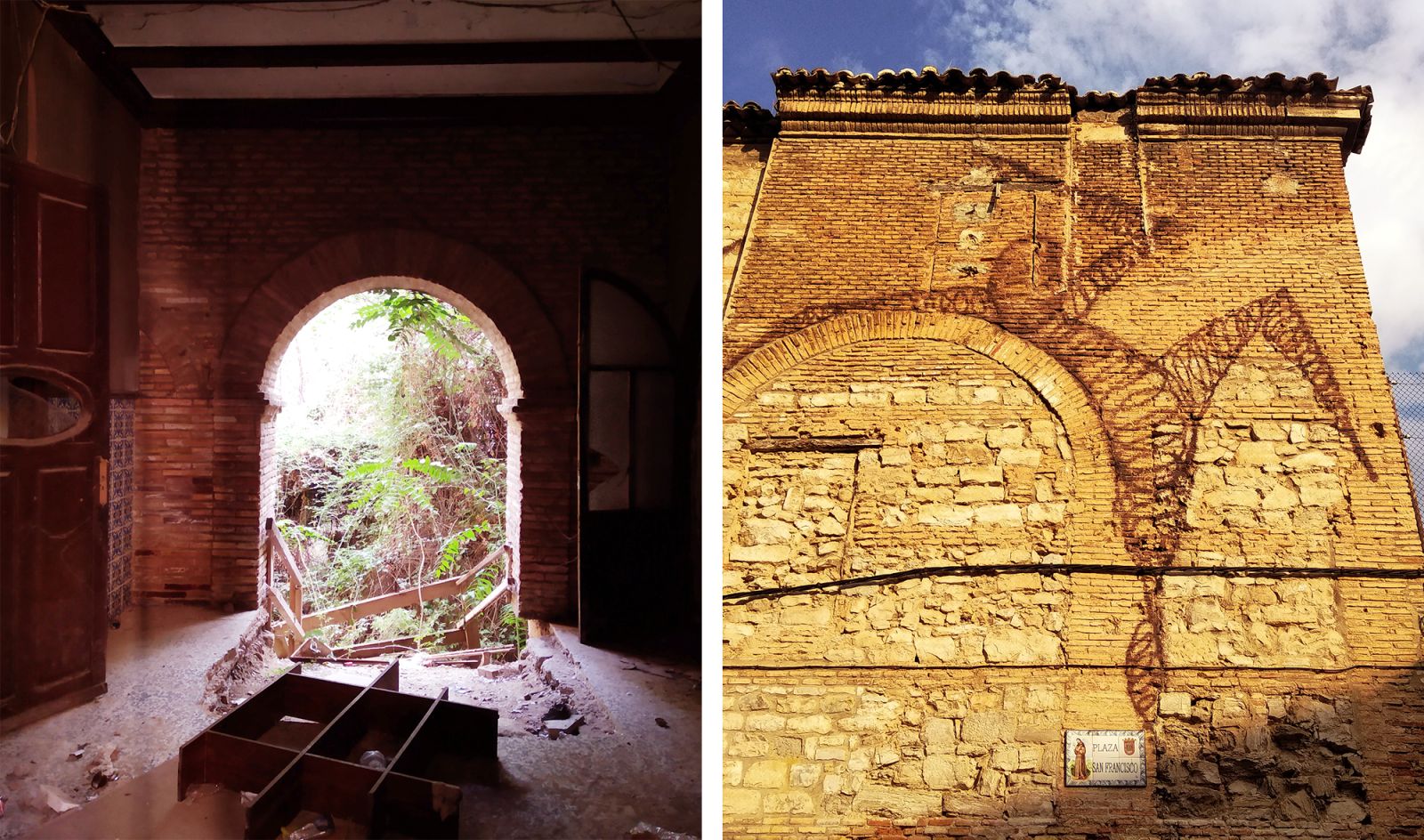
Moneo, audiovisual hub and millions of euros
But the political group of the PSN of that city opposes this appointment and presents a motion for the municipal plenary next Monday, asking for the construction of a house of culture in the building, based on a project by architect Rafael Moneo 20 years ago. Although that project was approved in 2010, the following year it was suspended “due to the mismanagement of UPN”, the socialists have denounced. Thus, the infrastructure that would cost EUR 11 million never started to be built and cost Moneo over EUR 600,000. Only the cracked forgotten walls were left of the urban rehabilitation project of the old town.

Municipal elections have come out of oblivion, but the old prison. Alejandro Toquero, Mayor of Navarra Suma, also announced the presentation of the motion. The Coalition Group of the Municipal Government of Tudela proposes to create a table between the City Hall, the Government of Navarra and Rafael Moneo to review the issue and to make an audiovisual and video game hub in this space. Toquero has presented his proposal “personally” to the president of Navarra, María Chivite, but “does not leave her immobilism”.
The Municipal Government of Tudela has already drafted the project with the help of the public consortium EDER, with a budget of EUR 11.5 million, and the European Next Generation funds want it to be funded. Moreover, UPN and Navarra Suma also included the resources to include the project in the budgets of the Spanish State and the Community of Navarra of 2023.
Infrastructure with a cost of EUR 11 million never started to be built and Moneo had to pay more than EUR 600,000
“War of motions in Tudela”, has written News Journal; “The Tudela Stallion Building at the centre of the debate”, Navarra Television... Beyond these voice-colored statements, the residents of the old town ask for “a definitive project” for the environment, and compare the situation with the Marshall Plan: “Surely we will not see a euro of European funds in their old town.” The Principe de Viana association, for its part, has pointed to the need to preserve the cloister and archaeological remains of a Muslim market within it.
In July 1936, the largest number of people were shot.
The San Francisco Convent is not anywhere in the recent history of the Basque Country. When the monks were shot down with depreciations of the 19th century, during the First Carlist War the buildings were destined as hospitals, becoming from 1840 in a Tudela district jail. A century later, in the summer of 1936, it was one of the epicenters of the repression provoked by the Requetés and Fascists in the Ribera Navarra.
According to data collected by Fernando Mikela in his book Sin Piedad, from the military coup on 18 July 1936 until January 1937, at least 614 people entered the prison cell. Many of them saw no more light, namely 185. In the municipal archive of Tudela, Mikela has tracked the statistics sheets or innings and exits of the prison, and the Navarro historian offers incredible data: only in July were 301 the prisoners and of them 119 were shot, 39.5% of the detainees. This percentage exceeds the proportion of firings of that month in the provincial prison of Pamplona (33.5%).

Most of the Republicans and leftists who went through Tudela district jail and fusilarated were members of the Republican Left, PSOE, UGT, CNT and PCE. In Tudela, 19 councillors and municipal public officials were killed during the war, as a plaque from the town hall porch recalls, including Mayor Aquiles Cuadra, locked in that prison and closed with lead in the citadel of Pamplona after a long process.
As to the origin of the prisoners, many were tudels and corellars, although there were also Alesbes, Cascante, Cadreita, Fitero, Murchante, Cintruénigo, Arguedas and Ribaforada. For example, on 19 July 1936 – the same day that the Plaza del Castillo de Pamplona was filled with burns from all over Navarre – they locked sixteen ribaforars in Tudela prison; on 7 August it appears in the documents that gave them "freedom", but thanks to the investigation of the Altafaylla Cultural Society in the 1980s we know that everyone was killed. At that time, 1,720 citizens lived in Ribaforada, shot by Requetés and Falangists at least 40.
The repression was not arbitrary by some loose criminals, but rather organised criminals, which required the involvement of many people.
Organised barbarism
These figures are only a reflection of the cruelty that lived on the banks of the fascists. As in many other places, in Navarre there were also very frequent so-called “extractions” or “takes out” to then clandestinely kill the prisoners. But the repression was not arbitrary for loose criminals, but rather well-organized criminals, involving a lot of people.
The one by Mikel counted 114 sacas in Navarre in 1936: shooting of prisoners who were evacuated from different places during specific summer days, which occurred in seven villages on 3 August in the same night, so it could be thought that in those days there were numerous death squads.
The terror was such that many prisoners attempted suicide. Tudelano Francisco Amigot wanted to smash his head to the wall when he was told they had to “leave” Tudela district jail. José María Jimeno Jurio collected this atmosphere from a testimony: “That hoax was terrible. They were released and there was a truck underneath. Everybody to the truck. Those who remained inside, shaking, said to them, “If nothing happens to you, turn a ring on the bridge.” But they didn’t turn it on, they killed everyone!”

87 years later, the atrocities in the former Tudela prison and in the Ribera are barely remembered by anyone, and the one passing by the Plaza de San Francisco will find only an abandoned obsolete building in silence that breaks with cold air.
Pamplona, 1939. At the beginning of the year, the bullring in the city was used as a concentration camp by the Francoists. It was officially capable of 3,000 prisoners of war, at a time when there was no front in Navarre, so those locked up there should be regarded as prisoners... [+]
Segundo Hernandez preso anarkistaren senide Lander Garciak hunkituta hitz egin du, Ezkabatik ihes egindako gasteiztarraren gorpuzkinak jasotzerako orduan. Nafarroako Gobernuak egindako urratsa eskertuta, hamarkada luzetan pairatutako isiltasuna salatu du ekitaldian.









